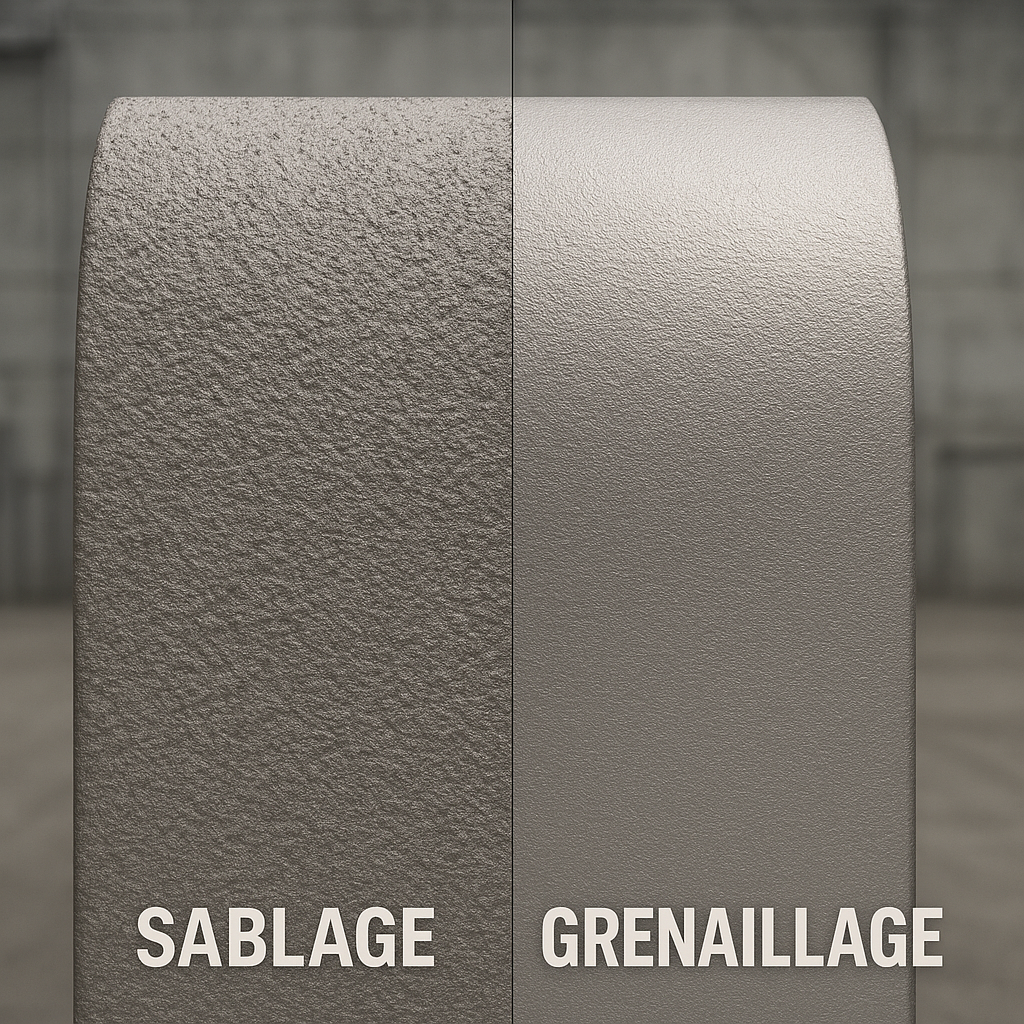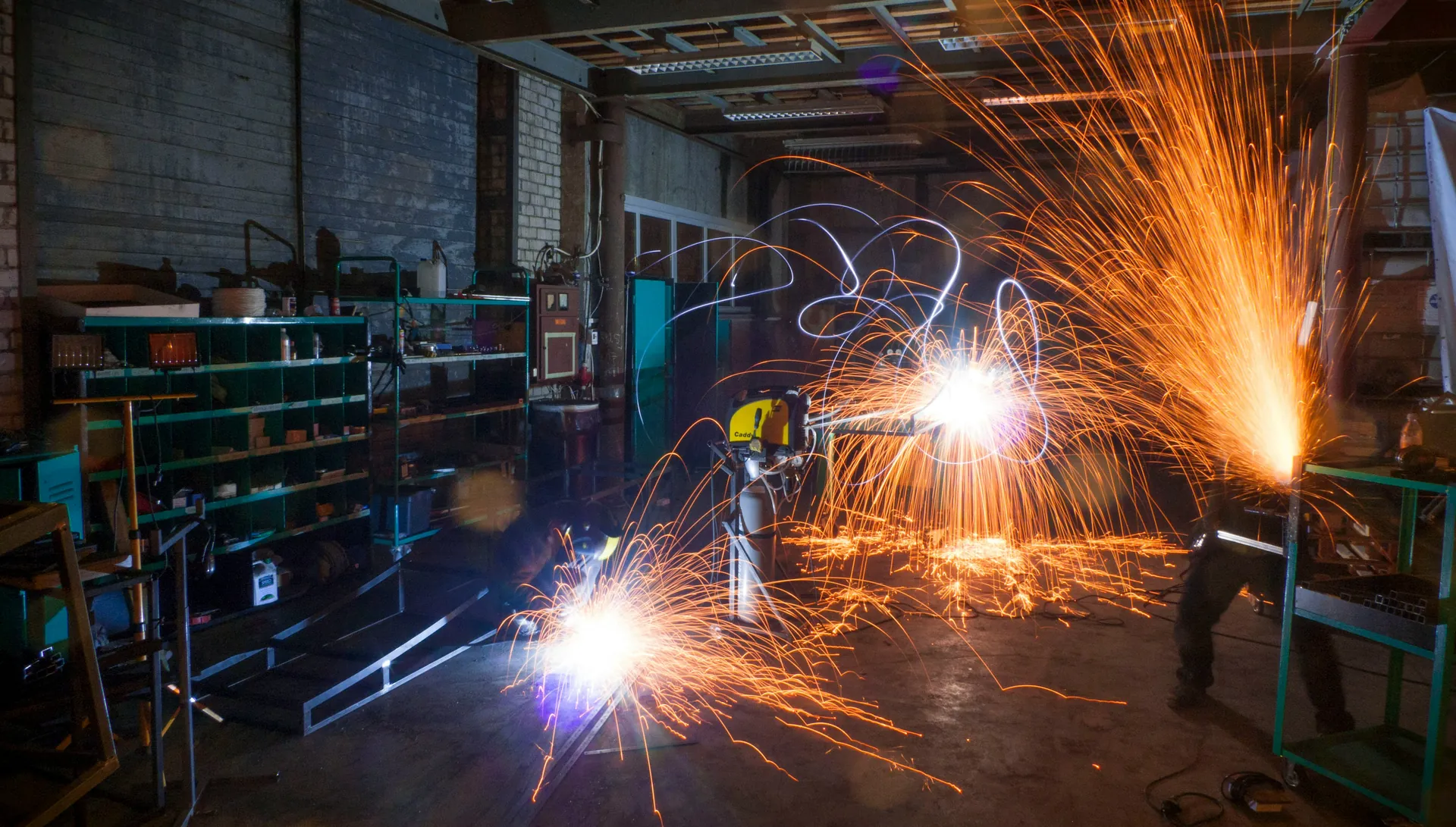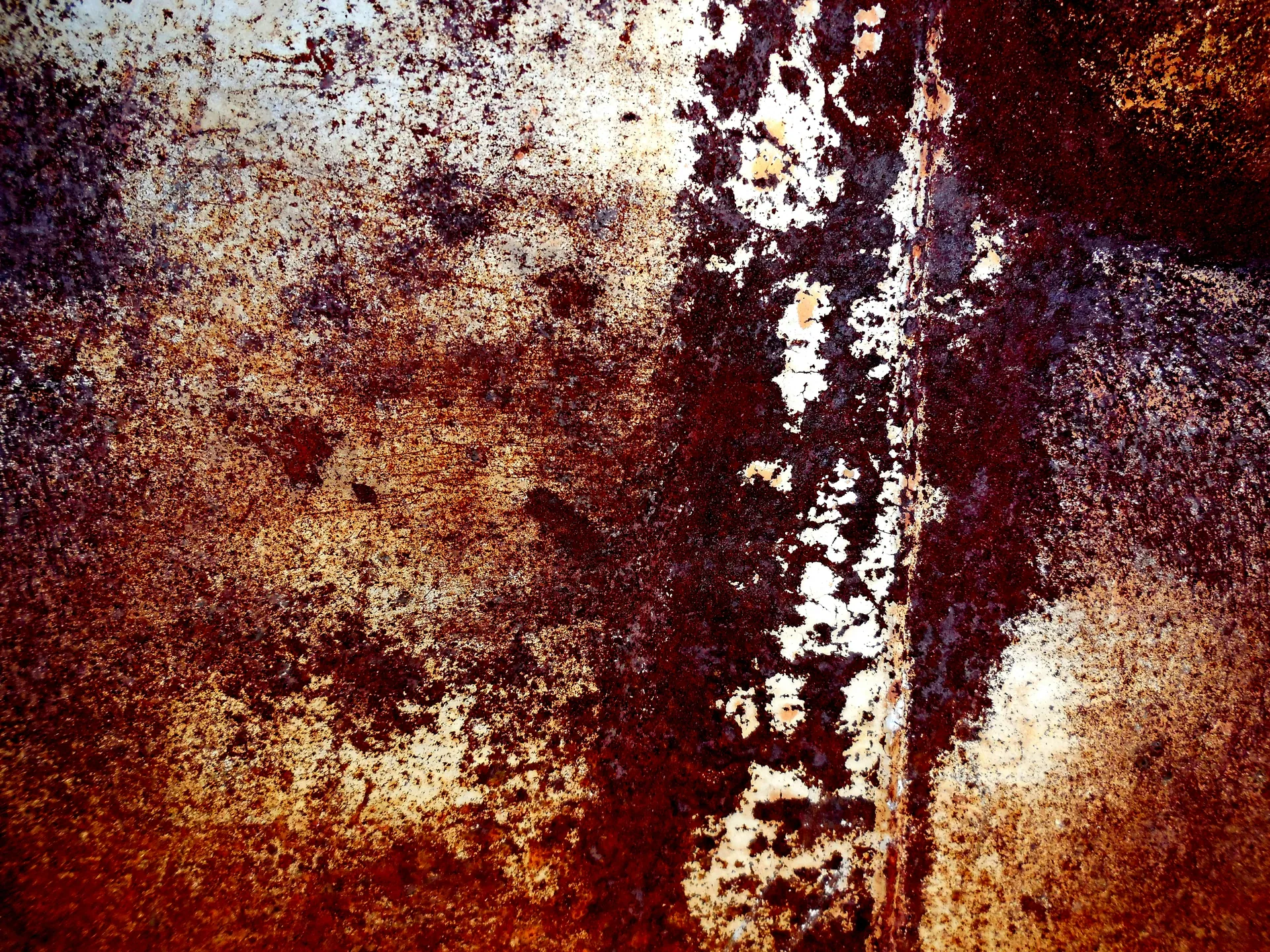When faced with the need to prepare or clean metal surfaces, you’ve probably already come across two key methods: shot blasting and sand blasting. Essential for the cleaning, stripping and preparation of steel, aluminum or other metal parts prior to painting or treatment, these mechanical stripping techniques differ according to your project.
This article aims to explain the basic principles of shot blasting and sand blasting, helping you to choose the method best suited to your needs. Used in a variety of sectors, including automotive, aeronautics and metallurgy, they involve the projection of abrasives under compressed air, varying in abrasive type, grain size and application.
Specialized equipment, such as that offered by ACF France, provides access to a range of sandblasting and shot-blasting machines adapted to each specific application, whether for stripping, derusting or polishing. Understanding the specifics of each process is essential to making an informed choice.
Understanding shot blasting

Definition and principle of shot blasting
Shot blasting is a surface treatment technique involving the high-speed projection of balls, usually made of steel, cast iron, ceramic or plastic, onto the surface of an object. The aim is to modify the surface structure. The process relies on thekinetic energy of the balls to generate an impact effect on the surface, inducing plastic deformation on a very thin layer of the treated surface.
Beads can be blasted in a number of ways, including by compressed air or turbine. Pneumatic shot blasting mixes shot with compressed air and projects it via a hose terminating in a nozzle, ensuring targeted precision on the workpiece. Mechanical shot-blasting, on the other hand, uses a high-speed rotating paddle wheel to project the shot, enabling faster surface coverage.
Advantages of shot blasting
Shot-blasting offers a number of significant advantages. In particular, it effectively cleans surfaces, removing rust, scale and other impurities, thus preparing the surface for painting or coating. The process also improves the mechanical properties of parts by creating surface prestress, increasing their resistance to mechanical stress and reducing the risk of fatigue.
In addition, shot peening can close microscopic cracks on castings, improving their tightness and appearance. The technique is also versatile, and can be applied to a wide range of materials, including metals and non-metals.
Types of shot blast machines and abrasive selection
There are various types of shot-blasting machines, each adapted to specific needs. Pneumatic shot-blasting machines are ideal for processing large parts or for outdoor jobs, while mechanical shot-blasting machines, which use turbines, are better suited to processing mass-produced parts in an industrial environment.
The choice of abrasive is essential. Shot can be round or angular, and generally ranges in size from 0.6 mm to 3.0 mm. The nature and size of the shot directly influence the treatment result, with finer beads for more delicate surfaces and coarser beads for rougher surfaces.
Common shot-blasting applications
Shot blasting is widely used in a variety of industrial sectors, including the automotive, aerospace and metalworking industries. In the automotive industry, it is used to treat components such as suspension springs, gears, camshafts and crankshafts.
In the aerospace industry, it is used to improve the strength of parts subjected to alternating stress and fatigue. Shot blasting is also commonly used on castings, such as cylinder housings, gearbox casings and cylinder heads, to improve sealing and appearance. The technique is also used to prepare surfaces prior to painting or coating, ensuring optimum adhesion and enhanced durability of protective systems.
Exploring sandblasting

What is sandblasting?
Sandblasting is an industrial cleaning and surface preparation technique that involves projecting abrasive particles at high speed onto a surface to clean it, strip it or prepare it for further treatment.
This method uses compressed air to propel abrasives, such as sand grains, glass microbeads, corundum or other abrasive materials, onto the surface to be treated. The sandblasting process can be compared to mechanical sanding, but offers greater efficiency and precision, enabling surfaces to be treated evenly and without damaging the underlying material. Sandblasting is often used in place of shot blasting to treat more delicate surfaces.
Benefits of sandblasting
Sandblasting offers several significant advantages.
It is an effective and economical method of removing corrosion, residues and traces of oxidation from metal surfaces. This technique also creates a uniform surface roughness, facilitating the adhesion of a coating or paint, thus ensuring optimum adhesion and increased durability of the protection system.
In addition, sandblasting is a versatile technique suitable for a variety of materials, including steel, stainless steel, cast iron and aluminum. It is also used for finishing applications, such as satin-finishing and roughening of surfaces, especially stainless steel and aluminum welds.
Sanding machines and choice of abrasive materials
There are two main types of sandblasting equipment: vacuum systems and overpressure systems.
Vacuum systems use a venturi to draw abrasive from its reservoir, while overpressure systems pressurize a container with abrasive, which is then expelled via a hose and nozzle. These systems require an air compressor and a dryer to avoid humidity.
The choice of abrasive materials is crucial, and depends on the task in hand. Commonly used abrasives include corundum, garnet, glass microbeads, and even more environmentally-friendly materials such as baking soda or walnut shell. Each of these abrasives has specific properties, such as hardness and grain size, which influence the treatment result.
Typical blasting applications
Sandblasting is used in a wide range of industries for a variety of applications.
It is commonly used to clean and prepare surfaces prior to painting or coating, and to remove scale and welding residues. In the automotive and aerospace industries, sandblasting is used to clean and prepare metal parts prior to assembly or painting.
Sandblasting is also used for engraving and marking parts, such as serial numbers on car windows or names on tombstones. It is also used for surface decoration and restoration, notably to give a satin or matt appearance to stainless steel or aluminum parts.
How to choose between shot blasting and sand blasting?

Comparing results: surface quality and efficiency
When choosing between shot blasting and sand blasting, it’s important to consider the surface quality andeffectiveness of each method.
Shot blasting, using glass or steel billets, often produces smoother, more uniform finishes, particularly suitable for delicate surfaces or where a satin or dull finish is required. Glass beads, for example, leave a smooth, polished surface, ideal for parts made of stainless steel, aluminum or cast iron.
On the other hand, sandblasting, which uses abrasives such as corundum, garnet or silica sand, is faster and more effective at removing thick coatings, rust and oxidation. Sandblasting is particularly useful for rougher surfaces or when cleaning has to be carried out quickly, although it can sometimes damage the underlying material if the parameters are not correctly adjusted.
Factors to consider: materials, costs, environment
The choice between shot blasting and sand blasting also depends on the materials to be treated and on economic and environmental constraints.
Steel shot blasting, for example, is highly durable and can be recycled several times, reducing long-term costs and minimizing waste. However, the initial investment in steel beads can be higher than that for mineral abrasives such as sand or garnet.
In terms ofenvironmental impact, glass bead blasting is often preferred, as it is environmentally friendly and leaves no harmful residues.
On the other hand, silica sandblasting can be more problematic due to crystalline silica, which can cause serious respiratory illness if inhaled.
Tips for selecting the best process for your project
To select the best process, it’s essential to clearly define your project objectives and the nature of the part to be treated. If you need a smooth, uniform surface finish for delicate parts, glass or steel bead blasting may be the best option.
However, if you need to quickly clean rough surfaces or remove thick coatings, sanding with abrasives such as corundum or garnet would be more appropriate.
It’s also a good idea to consult specialist suppliers who offer extensive ranges of equipment and abrasives. These experts can help you choose the right equipment and abrasives for your specific needs, ensuring optimum results and efficient use of resources.
Conclusion
In short, the choice between shot blasting and sand blasting depends on several key factors: the nature of the part to be treated, the desired surface quality, as well as economic and environmental considerations.
Shot-blasting, using steel or glass beads, is perfect for obtaining smooth, uniform finishes. This method is particularly suitable for sensitive surfaces or for parts requiring preparation before painting or coating.
Sandblasting, on the other hand, is faster and more effective at removing thick coatings, rust and oxidation. However, it can be more aggressive and requires reinforced safety measures, notably due to the use of crystalline silica.
It’s essential to clearly define your project objectives and consult experts to select the most suitable equipment and abrasives. By selecting the right technique, you can guarantee optimum surface preparation, improve coating durability and reduce long-term costs. Don’t hesitate to invest in the equipment and methods that best suit your needs to ensure high-quality, long-lasting results.